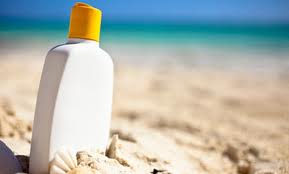FDA on SPF
Well, it's only taken the FDA thirty-three short years to require more clarification on sunscreen labels. So, are these new rulings gonna' actually help you? Yes and no. Here are the most relevant rulings which will be implemented by summer 2012...- Sunscreens must pass the FDA's broad spectrum test, which looks at a sunscreen's UVA* protection relative to it's UVB**, in order for it to be labeled as a "Broad Spectrum" sunscreen.
- Only sunscreens with SPF's of 15+ will be able to claim a reduced risk for skin cancer and early skin aging.
- Broad spectrum sunscreens with SPF's of 2-14 can only state protection against sunburn.
- Sunscreen manufacturers can no longer use the terms "waterproof", "sweat-proof" or "sunblock" since they overstate effectiveness.
- "Water-resist" sunscreens must specifically label effective for 40 or 80 minutes while swimming or sweating.
- Sunscreens cannot claim to provide protection for longer than 2 hours without reapplication or claim "immediate protection" without submitting data to support the claims and getting FDA approval.
* UVA=aging and cancer causing rays
**UVB=burning rays
 Pale Girl Speaks
Pale Girl Speaks
